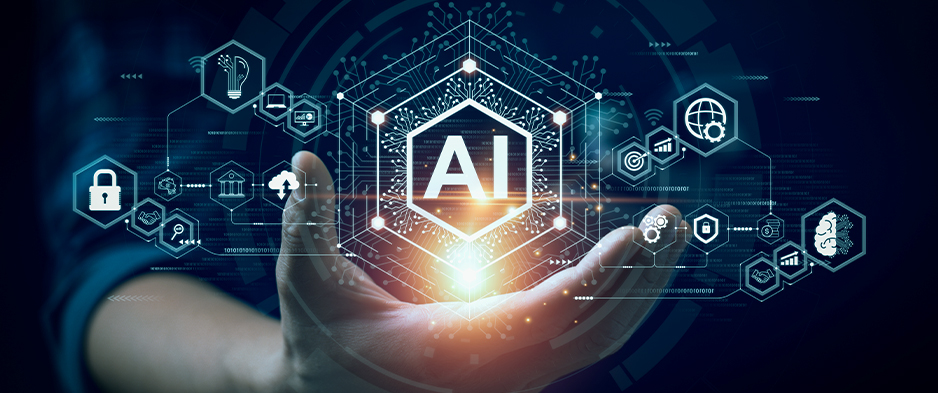Artificial Intelligence (AI) has undergone considerable evolution over the past decades, with significant advances in research and industrial applications. The heart of AI, and particularly Machine Learning, lies in the training of models, a process that imitates human learning to make predictions or decisions based on data.
But how are these models trained? Let’s take a general overview.
What is the training of an AI model?
Training an AI model is the process whereby the model ‘learns’ from a set of data, called a “dataset“. This set is generally divided into two subsets: one for training and one for testing.
The model uses the training dataset to make predictions and improve its performance through an iterative process. During this process, an optimization algorithm seeks to minimize the difference between the model’s predictions and the actual data, the so-called “loss function”. This function helps the model search for the most efficient solution among possible ones.
The test dataset, on the other hand, is used to assess the model’s performance in an “unknown” context, i.e., with data not used during learning, enabling to verify how well the model can generalize what it has learned to new data, providing an indication of how it might behave in a real environment.
Key Steps in AI Model Training
The training of an AI model generally develops around several stages:
- Data selection: Data are collected and cleaned, eliminating irrelevant or erroneous information. Data are usually divided into two groups: a training set and a test set.
- Model creation: An AI model is chosen or created to fit the data. This can be a pre-existing model or one developed from scratch.
- Model training: The model is ‘trained’ using the training data set. During this process, the model tries to optimize its parameters to make predictions as accurate as possible.
- Model evaluation: The model is tested with the test data set to evaluate its performance. If performance is not satisfactory, the model can be further trained or modified.
- Model implementation: Once the model has achieved an acceptable level of performance, it can be implemented in a production environment.
Training AI Models in the Industrial Field
In the industrial sector, training AI models has many applications: these models can help companies make precise predictions, improve operational efficiency, reduce costs, etc…
In the manufacturing industry, for example, an AI model can be trained to predict machine failure based on historical maintenance data, operating conditions, and machine parameters. This allows for a proactive approach to maintenance, thus reducing downtime and increasing efficiency.
Furthermore, AI models can be used to optimize production scheduling and control. Artificial Intelligence can be used to create scheduling algorithms that can make real-time decisions on jobs to be performed, in what order, and on which machines, taking into account multiple factors such as delivery times, maintenance costs, and production capacity.
In the field of industrial automation, AI can play a crucial role in optimizing processes such as energy production: the model can indeed be trained to monitor real-time data to identify anomalies or inefficiencies, thus allowing for immediate adjustment of operations.
In essence, training Artificial Intelligence models has immense potential in industry. Understanding how it works can help not only make more accurate predictions but also develop smarter and more efficient solutions for a wide range of industrial problems.
Artificial Intelligence in today’s and future Industry
In the era of Industry 4.0, Artificial Intelligence is solving complex challenges and bringing about significant improvements. Artificial Intelligence systems are able to optimize energy consumption, identify anomalies in production processes, and even drive the entire production chain thanks to data-based automation.
Training AI models in this area is a key component of the process, as it provides the basis for creating intelligent systems capable of adapting and responding in real-time to industry needs.
The use of trained AI models can simplify industrial automation, reduce downtime, improve product quality, and promote innovation, but also support preventive maintenance, optimize logistics, and foster more informed business decisions.
In conclusion, training Artificial Intelligence models can offer unprecedented advantages in the industrial sector, and represents a pillar for advancement towards Industry 5.0. To remain competitive in an increasingly digitalized world, companies will have to continue investing in the training and implementation of cutting-edge AI solutions.

